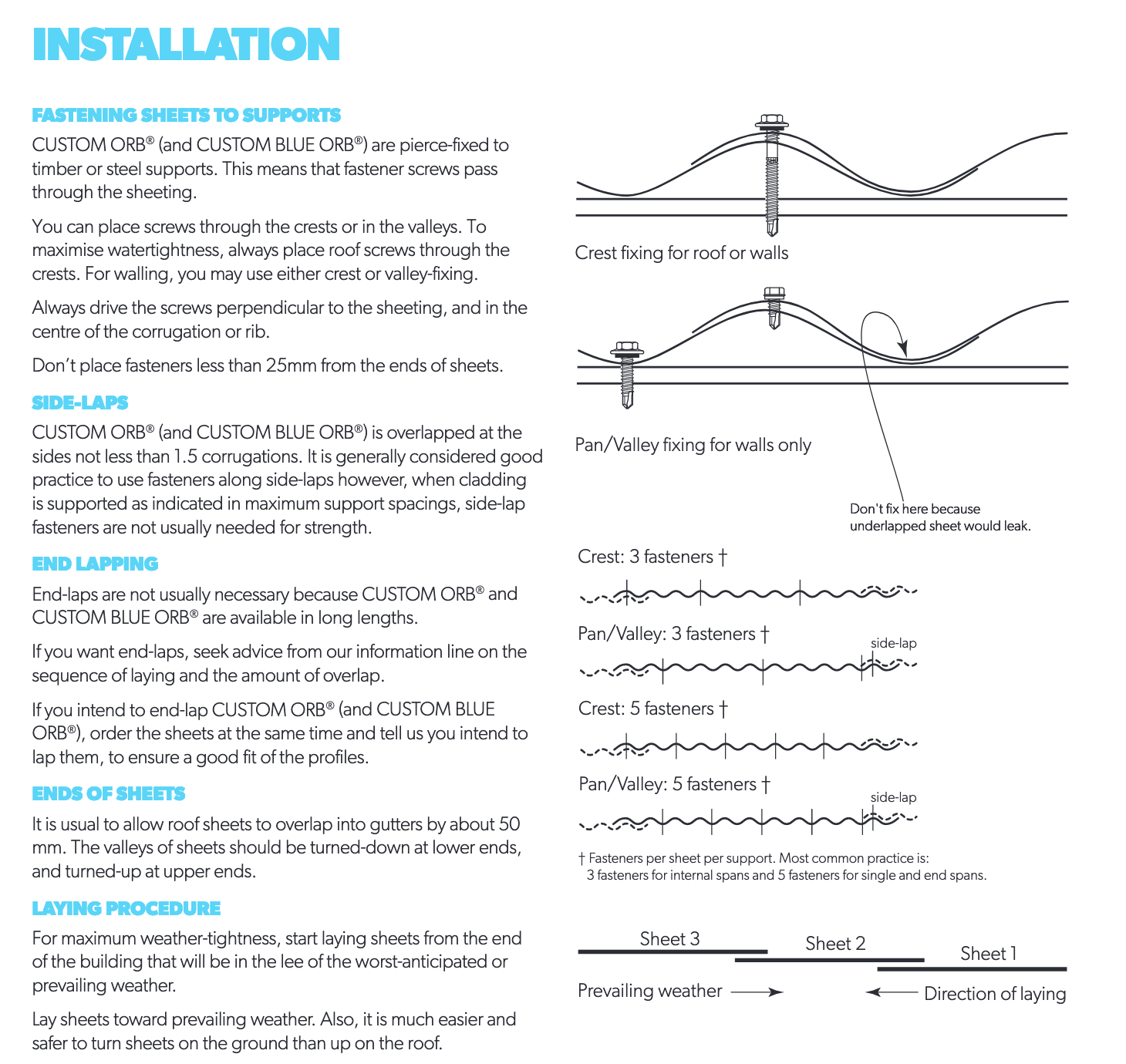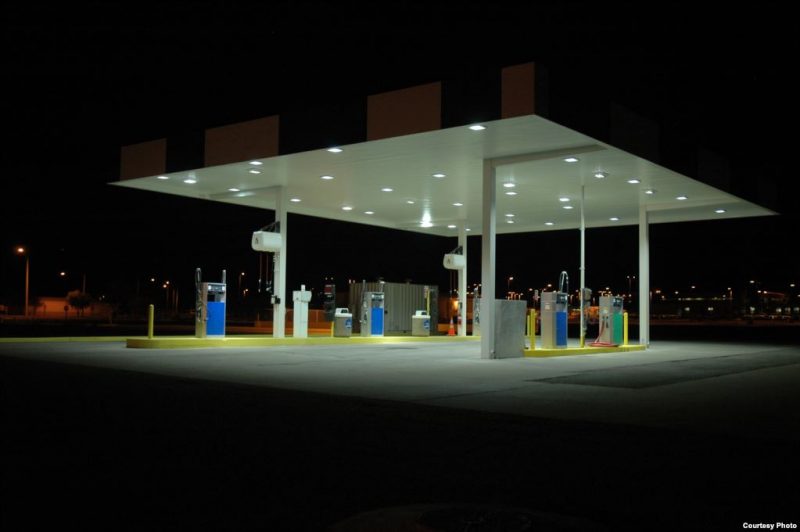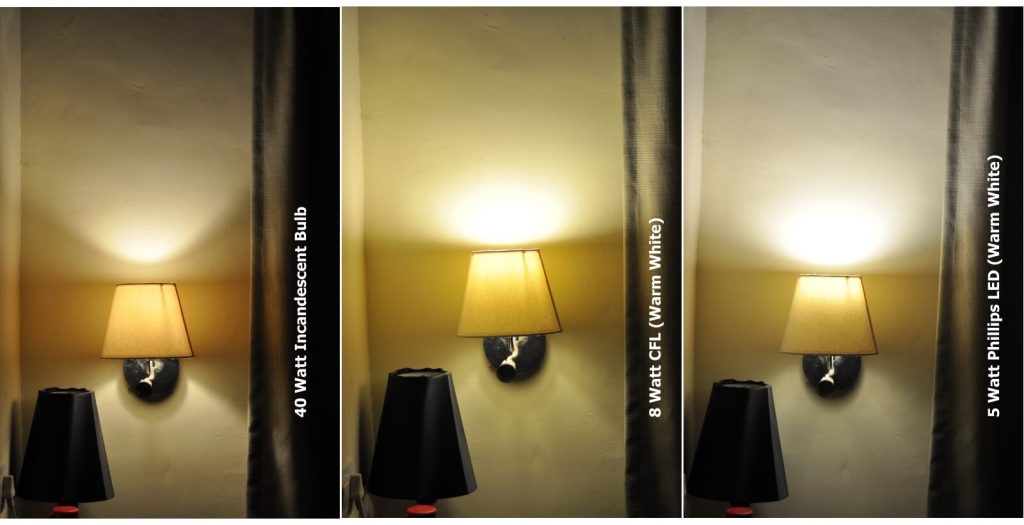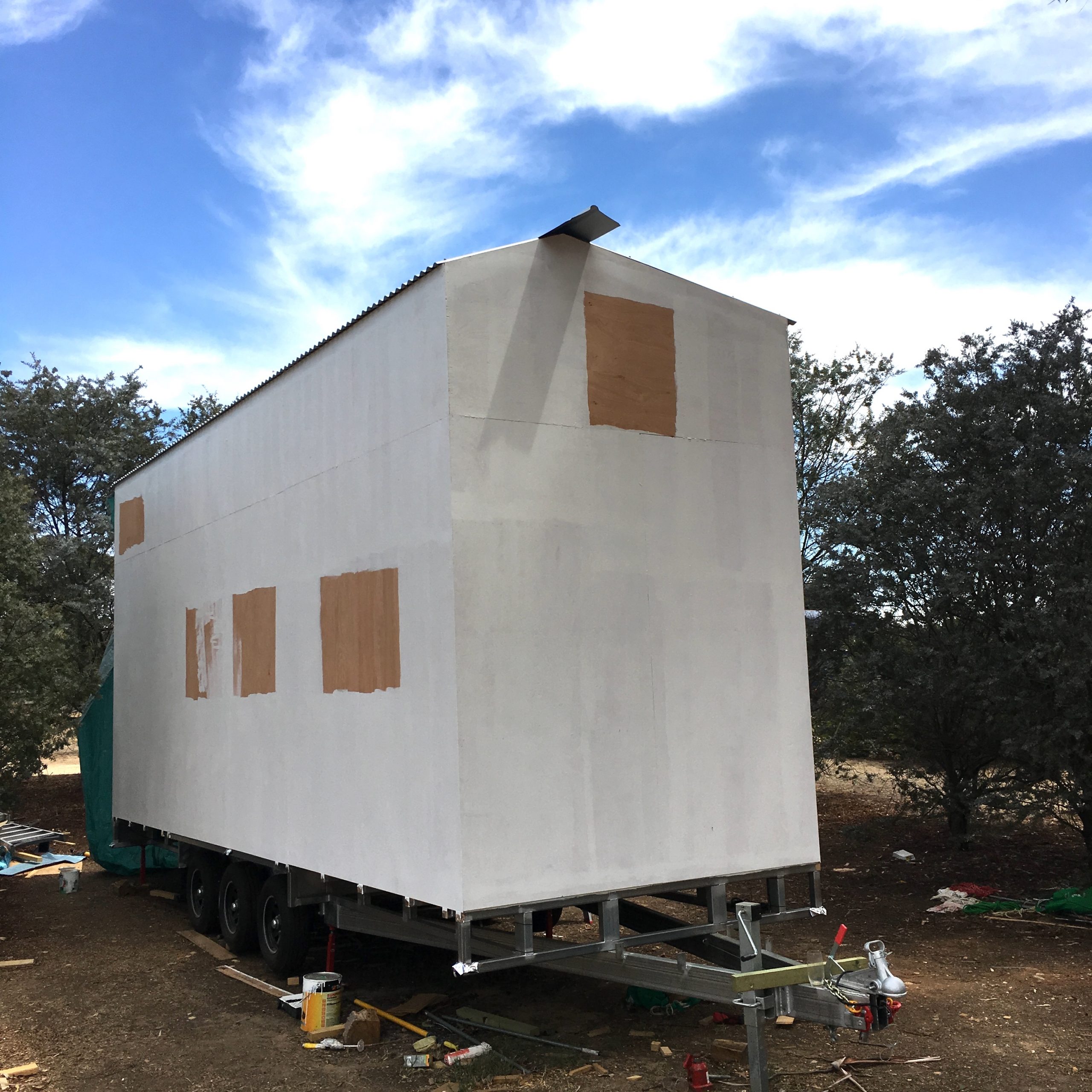Resources for DIY Tiny House Builders in Australia
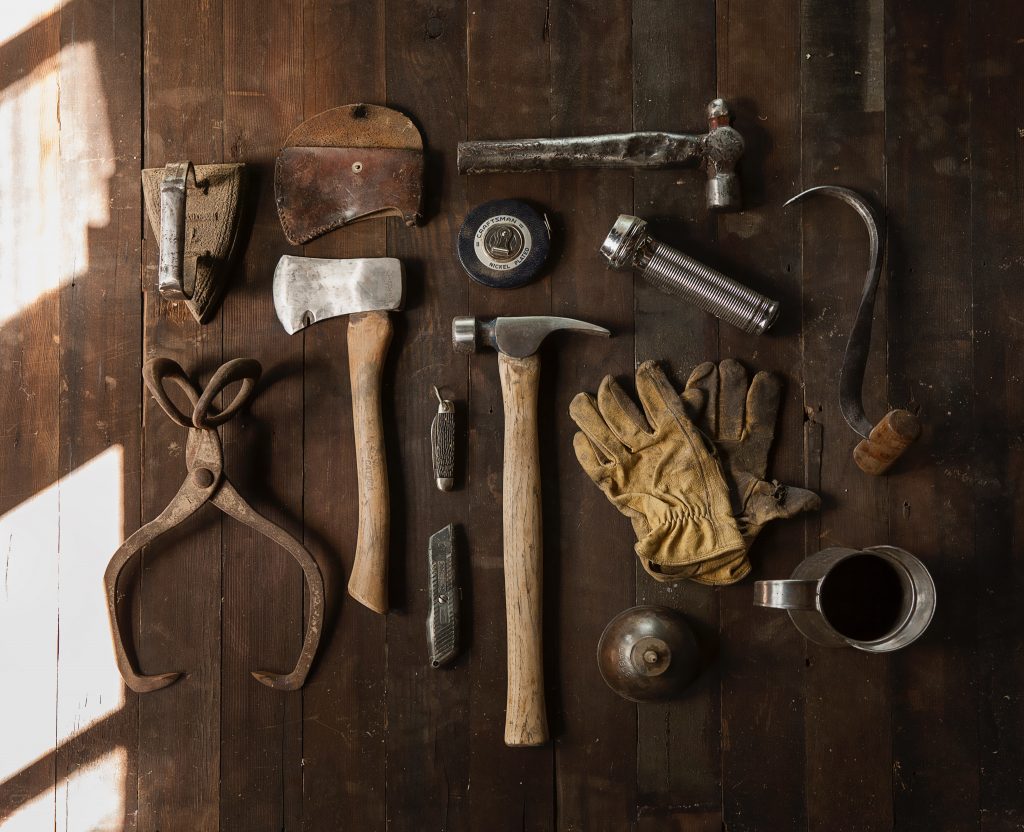
Reliable information and resources for Australian DIY Tiny House builders
High quality information for DIY Tiny House Builders leads directly to well designed, quality built tiny houses that are comfortable year round.
The consequences of using inaccurate, inappropriate or poor information in your tiny house design or building methods will adversely effect the liveability and utility of your tiny house.
That’s why we love to share and pass along original, primary source documentation on topics essential to designing, building and living in a tiny house, which is what we’ve done below and what we encourage you to share with us so we can publish them as a resource here for others.
We don’t engage in “affiliate relationships” or receive any kickbacks for mentions here, so you can trust what we say here as our opinion with no strings attached.
So, what is “original, primary source documentation?”
Original, primary source documentation, could be a web-link to a scientific research paper, authoritative site or even a blog post of your own first hand account documenting your experience. It’s also the way when you were in school you provided citations when writing a research paper.
We’re looking for verifiable facts and the original documents to read, not just your opinion. This helps all tiny house builder reading the materials know where you got your information that helped form your opinion. This allows the reader to evaluate the evidence for your opinion for themselves and maybe come to a different conclusion.
Opinions are not worthless, but when they are supported by the original, primary source documentation they become a valuable resource in the evolution of designing, building and living in tiny houses.
So, let’s trust facts, especially the verifiable ones and do research to find out the truth on all matters tiny.
Please Contribute Your Tiny House Resources!
Have you found a gold mine of great information on the internet that other tiny house DIY-ers in Australia would benefit from?
Please upload your resources using the contact form. DIY-ers around Australia will thank you and say, “Yeah you!”
What’s the legal standard you must meet for a tiny house on wheels in Australia?
First and foremost it’s a road vehicle that you are building when you build a Tiny House on Wheels (THOW). It’s understandable that we get focused upon the part of a THOW that’s a house, but it must never be forgotten, that first it’s a road vehicle, so it needs to comply with all the Australian standards, if you want to have your tiny house on wheels registered in Australia.
The current standard to meet for trailers & caravans is found in the VSB1 (Vehicle Standard Bulletin 1) Version 6 which came into full effect on 1st July 2023. The VSB1 is the Australia wide standard we must all meet when building a trailer, caravan or Tiny House on Wheels (THOW).
VSB1 (Vehicle Standard Bulletin 1) Version 6 (pdf)
VSB1 on the Department of Infrastructure, Transport, Regional Development, Communications and the Arts website.
What is different in the VSB1 Revision 6 for tiny houses on wheels?
In Revision 6 of the VSB1 the changes are largely about providing evidence to the Department that your tiny house on wheels adheres to the Australian Design Rules on vehicle production. The changes effect the administrative processes of vehicle manufacturing and registration, while the definition of what constitutes a caravan remains largely unchanged.
It will be up to each state to oversee the implementation, administration & compliance to the new standard (version 6). So whilst this new national standard (version 6) is the same for each state, how that compliance is overseen could vary greatly from state to state. We’ll just have to see over time how these procedural differences arise and impact tiny house builders in various states.
Council Regulations for Tiny Houses on Wheels
We have a whole page dedicated to this: Council regulations
Trailer registration requirements by state and territories:
VIC ~ NSW ~ ACT ~ TAS ~ QLD ~ SA ~ WA ~ NT
Wood frame building terminology:
Structural Timber Products Guide (pdf) (a bit old but still useful)
Australia Standard: Residential Timber Frame Construction for Cyclonic Areas & Engineered Wood Product Span Tables
Residential timber-framed construction (cyclonic areas) AS AS 1684.3—2010 part 3
Reducing the weight of your THOW: Size and Density Matter
The building materials that make up a tiny house contribute in a major way to the final total weight of your tiny house. So each individual piece of wood, pane of glass or solar panel adds to the weight of your tiny house.
What every tiny house builder is aiming for is a well-build, strong, light weight structure that can handle the rock and roll and vibration of being a movable dwelling while still getting in under the manufacturer’s weight rating of your trailer (see ATM – Aggregate Trailer Mass). So when selecting building materials for a light weight tiny house, everything matters, but 2 things matter most:
1.) the dimension of your building materials (e.g. walls that are 70mm versus 90mm in thickness);
2.) the density of those materials.
In terms of weight the first thing to do is to reduce the dimension of the materials you use. If a 70×35 piece of something will do the job, then that’s better than a 90×45 piece of something, since there will be a 40% savings in weight by using the smaller dimension material.
In terms of weight the second thing to do is to reduce the density of the materials you use. If a less dense piece of something will do the job then that’s what you should us in a tiny house.
So what dimension and density of material “will do the job”? That’s a great question, because reducing dimensions and densities can very well effect the strength performance of the material and the overall structure. For now in this section, we’re just focusing on the factors that will reduce your overall weight and save a discussion of strength for later. Strength is a more complex issue that has to do with how you’re using the building material; how you’re fastening them together and how the overall structure will perform moving and rattling down the road at 80-100km/hour.
Material Density Reference List (Free Download):
Or view it here:
Fred’s Handy Australian Building Material Density Reference List (pdf)
Know your Densities: Tiny House Building Materials – they all add up… and it adds up faster with high density materials.
Density is defined as mass per unit volume, with the common unit of measure for density being [kg/m3], which is said, “kilograms per cubic meter”. As an example: water has a density of 1000kg/m3, which means that a meter cube of water weighs 1000kgs. That’s heavy, so not a good idea to transport water in your tiny house.
How to Calculate Mass when you have the density and the volume:
Density [kg/m3] x Volume [m3] = Mass [kg] Here’s an example: How much does a one meter length of 90×45 pine timber weigh?
Density of Radiata Pine is about 420kg/m3
Volume is: 1000mm x 90mm x 45mm = 4,050,000 mm3 / 1,000,000,000 mm3/m3 = 0.00405m3
ANSWER: 420kg/m3 x 0.00405m3 = 1.7kg
Why do we say “mass” when we are talking about the “weight” of an object? Technically speaking in physics mass is not the same as weight even though we use them interchangeably. Weight is a force determined by gravity and mass is a property of the object.
You can think of it this way, an object on the moon would weigh less than it does on earth because of the lower gravity on the moon relative to the earth. But the mass of the object would be the same on the moon as it is on earth.
Often mass and weight are used interchangeably as in: “I’m going to use 70×35 pine for the studs in my tiny house instead of 90×35 and save on weight (mass), plus I’ll gain an additional 40mm of internal space.”
Wood Densities Compared It’s important for tiny house builders to know about the various densities of wood and other material to be used in their tiny house.
You’ll want “seasoned” or dried wood for all the wood in your tiny house, because “unseasoned” or “green” wood is substantially more dense. Plus “unseasoned” will shrink in size and change shape as it dries out and becomes less dense.
Density can vary a lot with wood. I’ve provided “seasoned” densities in the handy reference guide for Australian Building Materials Density List (pdf) below.
In Australia, the lightest and least dense wood you’ll come across is, Paulownia, which comes in at only 280 kg/m3, which makes it even lighter than Western Red Cedar (WRC) a softwood species with density of 330-385 kg/m3.
In comparison, Radiata Pine is a versatile, fast-growing, medium-density softwood species with an density of 400-550 kg/m3; while Tasmanian Oak or Victorian Ash is a hardwood species with a density of approximately 650kg/m3.
And for a further point of comparison for tiny house builders the density of glass is 2400–2800 kg/m3. Yikes! Makes a tiny house builder think twice about double glazing!
Useful Websites related to Densities and other useful building stuff
The Engineering Toolbox – Densities of Wood Species
Corrugated Steel Roofing
Here is a great resource for dimensions, weights, cover and fixing recommendations for corrugated steel roofing.
Custom Orb® is a tradename. You can buy whichever brand you want. We’re not making a recommendation here, just providing useful information and resources. The following dimensions, densities, covers, and installation instructions are for all brands: Colourbond®, Zincaulme® , etc.

When you are overlapping sheets of corrugated steel you will want to know how much a single sheet with “cover”, which is somewhat less than than the full width of a sheet. Here is your answer: 762mm of cover per sheet for corrugated steel sheet.

Trying to figure the weight of a corrugated steel roof. This image gives you a good start on figuring this out.
Gang Nail Plate or Knuckle Plate
Nailplates-Guide-September-2016
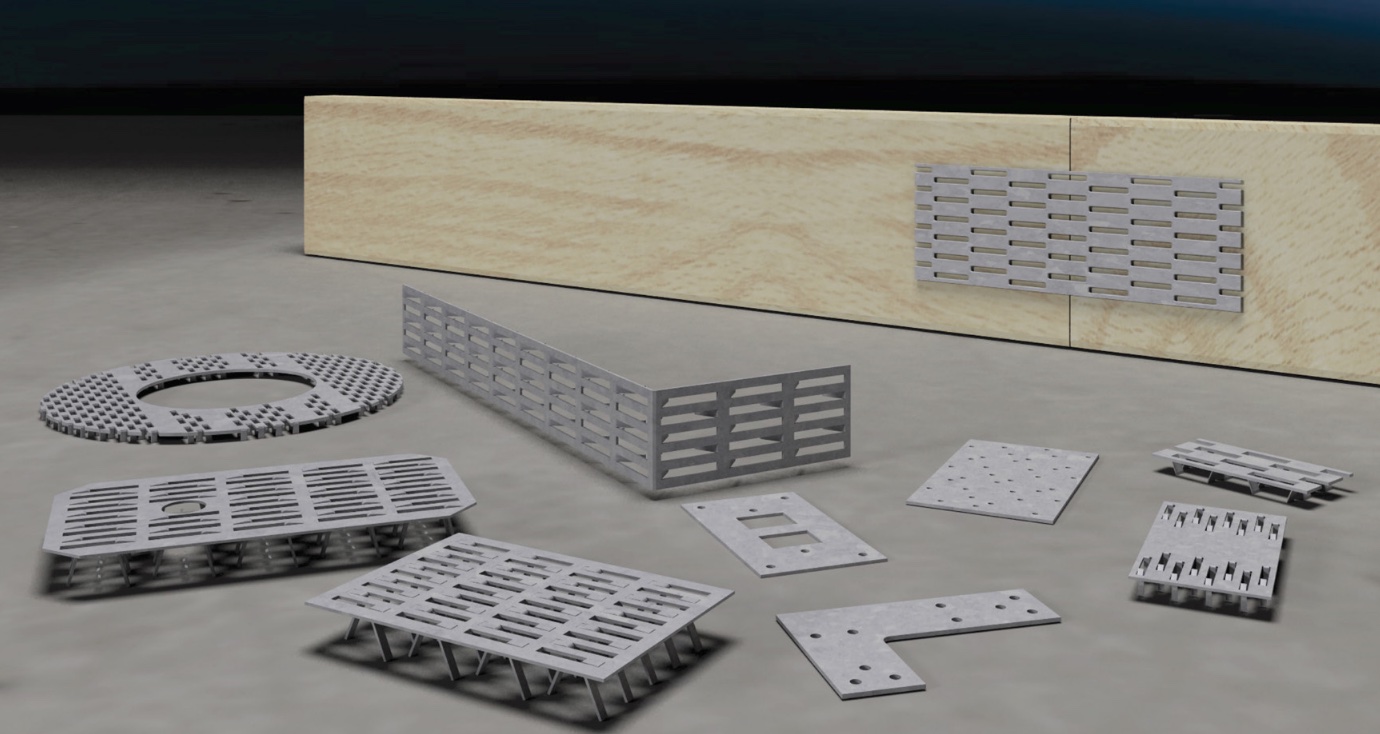
Gang nail plates can be useful when joining rafters for a gabled roof and for other joints in a tiny house.
LED Lighting & Colour Temperature in Tiny Houses:
Colour temperature can make a big difference to the liveability of a tiny house. What is colour temperature, anyway? The difference between “warm white” and “cool daylight” on light globe packaging is a reference to the colour temperature of the light. You intuitively know the difference between the different colour temperatures of light. The 24 hour, all-night petrol station has very bright bluish light. An old-fashioned incandescent bulb, very yellow, even golden in colour. Cool colours are bluish white and have a colour temperature of over 5000K.
The “K” stands for “degrees Kelvin” and is the unit of measure indicating the colour temperture given off by a light source.
Warm colours are yellowish through to red, having a colour temperature between 2700 and 3000K. Cool colours around 4000K. A cold colour temperature 5000-6000K.
LED lights are very energy efficient, use less power and are essential for living off the grid in your tiny house.
You can buy LED light strips on a roll and make your own fixtures which is a great way to save money while crafting the lighting in your tiny house to suit your tastes, rather than just what’s off the self.
Unfortunately the colour temperature of LED lights is less likely to be that wonderful warm yellow colour and more likely to feel like the petrol station lights, so test the LED’s with your own eyes before you buy them to check their colour temperature, because you cannot always trust the colour temperature on the packaging.
Bouncing LED Light in a tiny house
Another way to work with colour temperature is to bounce the light off of another surface, the colour of which you do like and it will soften the whole feel of your tiny house. That’s what we did for the lighting the loft bed in our tiny house (below).
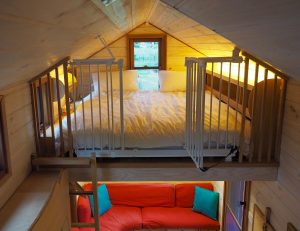
Warm white LED light strips splash light off the ceiling to soften the lighting in the loft bedroom of a tiny house.
A common question: Should I prime & paint the bracing plywood or use house wrap?
Using Tyvek or some other form of “house wrap” (“sisilation” in Australia) is a common professional building practice and you can of course do this instead of priming and painting the bracing plywood, which forms the basis of Element 3 of the Unified Construction Method® – Bracing Plywood, but let’s consider first why professional builders use it and then consider if house wrap is equivalent to priming and painting.
Professional builders like this class of products because they are much faster to install than priming and painting plywood, especially for a large building. There may also be building code requirements to meet, but let’s just stick with what we know about a professional builder’s labour costs.
There is a very high labour cost to paying a professional painter to paint a surface that no one will ever see. A building contractor is never going to spend money sending a painter to paint a surface that no one will ever see; that’s just not going to happen, not because it’s not a good idea, but because it’s expensive when compared to house wrap that goes up in a matter of a few hours.
For most DIY-ers the labour cost of priming & painting the exterior bracing plywood of your tiny house is going to be very very low, when compared to a professional painter. Painting this plywood will be easy and fun, plus no one will ever see your work, so no pressure to make it look pretty or perfect.
Important to know the purpose: The paint on this plywood is not for an aesthetics purpose. The purpose of painting this plywood is a very important and practical one – it is there to seal the wall against taking up moisture. The paint is functioning as a moisture barrier.
Plywood is by it’s very nature thirsty. Meaning, if it gets in contact with water, it’s going to drink it up and not dry out easily or quickly. To have a long-lived house, you need it to stay dry, and painting provides an excellent means of creating this moisture barrier.
It’s useful to notice what’s happening in this debate of prime & paint v.s. house wrap.
Before comparing these two methods for creating a moisture barrier, let’s pause for a moment to notice what is happening in this debate, because when building a tiny house you’ll be confronted again and again by some “helpful” someone out there offering up the refrain: “But that’s how professional builders do it”.
I think we see here a common example of the benefits of slowing down to ask ourselves: “Is this ‘big house solution’ (in this case Tyvek / house wrap / sisilation) actually solving a tiny house problem?” Or is it another example of how big house solutions are mis-applied to a non-existent problem in a tiny house? Just because professional builders build this way for economic and other reasons, doesn’t make it automatically appropriate for building a tiny house.
It’s good to recognise the impulse to follow the seemingly knowledgeable crowd offering you advise, but then please pause to think for yourself and ask yourself, what’s the purpose of building in this way that is being suggested? Does it solve a tiny house problem? Or does it solve a big house problem that may not actually be a problem in my tiny house?
Unfortunately, you’ll be offered lots of advice by well meaning people who may not understand as well as you, what you are trying to accomplish in building a tiny house vehicle with all it’s many trade-offs (strength v.s. light weight) and limitations, including road rule dimensions & driving safety.
Now for comparing the moisture barrier created by painting v.s. house wrap…
House wrap is basically plastic, and wrapping your house in plastic will definitely help it shed moisture, because plastic is impermeable to water. To get the best out of house wrap you have to install it properly, with the correct fixings and taping the joints.
Remember that thirsty plywood we talked about, well that house wrap must function to not allow the plywood to ever get a drink. To do that means the house wrap must be installed in such a way that water/moisture can never travel back up the back side of the house wrap and allow water to contact the plywood.
So if you choose to use house wrap for your tiny house, follow the instructions perfectly and don’t skimp on the finer details in the instructions, because water is sneaky, very very sneaky and will try and find a way to evade the house wrap.
Ask yourself…
Then ask yourself, how is this house wrap going to perform in a high wind and over time? Because that’s exactly what you’re going to be doing to it when you take it on its first journey on the road. Winds of 80 to 100+ kilometres per hour. Will it rip or tear? Will your taped joints hold? Will the flapping against the rough plywood eventually wear a hole in that plastic allowing water to pass?
You need not agree, but this is where Fred lands on this debate:
Fred’s guess… house wrap is not going to perform well at all under these circumstances over time, so that’s why he recommends priming and painting.
Fred also recommends before priming, to smear a good bit of Sikaflex Pro caulking into any exposed end-grains of plywood. If plywood is going to try and get a drink, it’s going to try and get it from the end grain. Sikaflex Pro is very paint-able, so smear it into the end grain first, let it cure, then prime it with a proper primer, then paint with a high quality exterior grade paint that is light in colour, so it does not also absorb any radiant heat from your exterior cladding.
Water as rain is not the only source of water to consider: Moisture from the air in your tiny house needs attention too.
In the following article (free download), “A Troubled Tiny House” from The Journal of Light Construction (June 2021), you’ll read what can happen when moist internal air and a frigid trailer meet up in the floor of a tiny house.
Whilst most people living in Australia do not contend with the sub-zero temperatures that helped to condense moisture in the floor of this North American tiny house, it still serves as a cautionary tale for any tiny house builders to think about how moisture from the air might collect and form in your tiny house.
Or view it here:
The Journal Of Light Construction – “A Troubled Tiny House” (June, 2021)
The more likely scenario for Australians living in sub-tropical climates (parts of Qld, NT & WA) is that during the wet season moisture in the air can collect and grow moulds in or on your tiny house. Getting good airflow in and around your tiny house, or a mechanical solution like an HRV (Heat Recovery Ventilation) system, might be a solution.
However before spending money on an HRV system, maybe pause to consider if this is a problem for your tiny house, given the climate intended for your tiny house. I (Fred) live in Victoria, Australia and moisture (inside and outside) has not been a problem for my tiny house. Like so much of designing your tiny houses, it’s good to first pause and ask if the big house building “solution” being provided actually fits the special circumstance of your tiny house. Often it is that the big house “solution” is for a problem that does not actually exist in a tiny house. Having said that, you need to be the judge of this for yourself and not rely on others to say what is appropriate for your situation.
Knowledge is power. So, if you are concerned about moisture in and around your tiny house, then please get yourself up to speed on this topic by accessing our fine Australian resource for any home builder, the Your Home site, and specifically this section on passive design and sealing your home: https://www.yourhome.gov.au/passive-design/sealing-your-home .
After a good read, please remember to pause and think, is this a problem for me in my tiny house, before spending money implementing big house solutions that are inappropriately applied to tiny houses.
Good Reference Books: Composting & Sanitation:
Good References: For Designing your Wood Stoves & Wood Burning Water Heaters
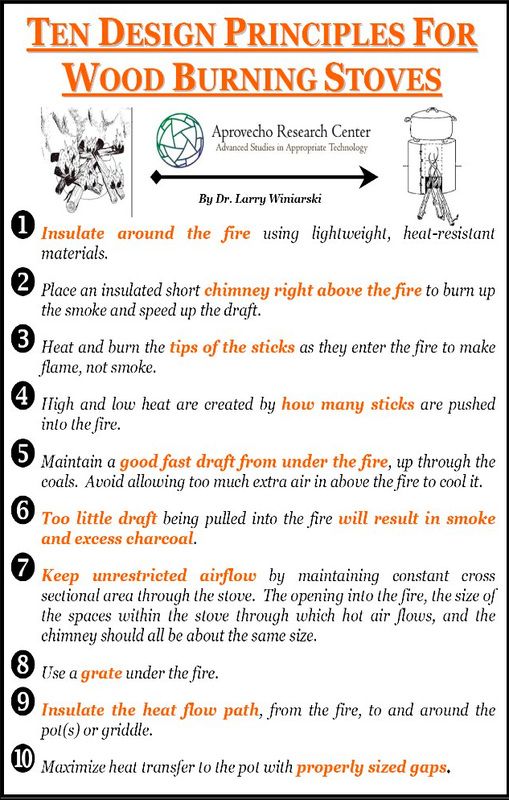
“Ten Design Principles For Wood Burning Stoves” by Dr. Larry Winiarski of the Aprovecho Research Center
Resource for Making Green Hot Water for a tiny house:
Title: Handmade Hot Water Systems; Published: 1978; Authors: Art Sussman & Richard Frazier; ISBN: 0932708005
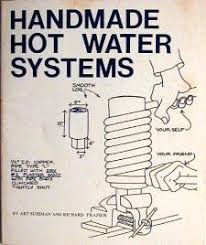
Very practical book for making Handmade hot water systems and the resource Fred used to make his off-grid passive solar hot water system.
Rocket Stove Design for Making lots of Hot Water
If you like rocket stoves and wondered how to make hot water for a bunch of people learn from the folks at Milkwood Permaculture, by reading this entitled: Rocket Stove Water Heater Redux by Kirsten Bradley, Milkwood Permaculture
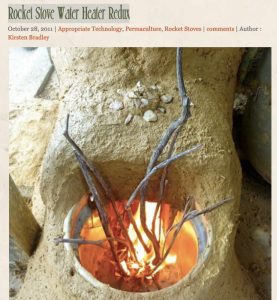
Rocket Stove Water Heater Redux by Kirsten Bradley @Milkwood Permaculture
Batteries and Solar Power
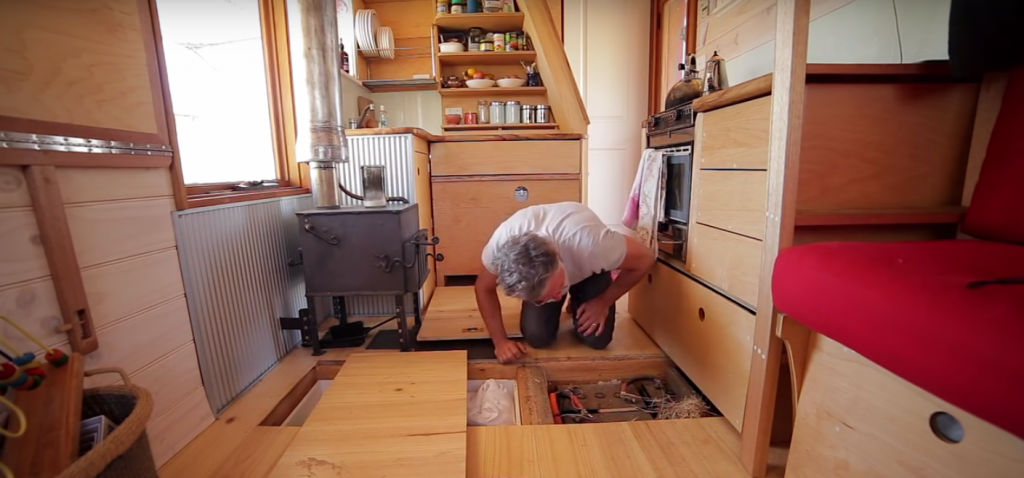
One of the Rainbow Power Company‘s (Nimbin, NSW) stated aims is: “to educate the general public in aspects of using energy from renewable sources, and living and developing in a sustainable way.” A website with lots of useful resources from fair dinkum home grown Australian experts on solar energy.
Battery University™ is a free educational website offering hands-on battery information to engineers, educators, media, students and battery users alike. The tutorials evaluate the advantages and limitations of battery chemistries, advise on best battery choice and suggest ways to extend battery life. The information is compiled from specifications and independent test laboratories as well as crowd sourcing. Average readings are used when practical rather than citing research papers, as lab results are often not repeatable in real life. This differs from scientific papers published by academia and research laboratories for scientists. Battery University™ is sponsored by Cadex Electronics Inc., a technology provider specializing in the design and manufacture of advanced battery packs, BMS, chargers and diagnostic devices.
Our blog posts on:
The research is in: When people downsize to tiny houses, they adopt more environmentally friendly lifestyles
This is a great article from The Conversation, that talks about ‘s doctoral thesis which performs an Ecological Footprint Analysis of Tiny House Downsizers.
When people downsize to tiny houses, they adopt more environmentally friendly lifestyles by Ph.D. Candidate in Environmental Planning and Design, Virginia Tech University
Our Trailers
View our choice of trailers here.
Property zoning
Victoria: The land channel
Tiny House Living
Article that Fred’s Tiny Houses contributed to:
The Art of Tiny House Living: Simplify, Downsize, and Thrive
